What It’s Really Like To Live In Iran Today
For many people living in North America, Iran is a completely unknown place that is simply close to Iraq. Our first thoughts jump to mosques, deserts, and women in hijabs. The Middle Eastern nation is the continuation of the oldest civilization in history, yet, the country isn't only historical sites and sand.
The Rich Kids Of Iran, a distaste for suit ties, and a love of heavy metal set Iran apart. I bet you never thought you'd share a passion for parkour with the women of Iran. Expand your knowledge of one of the oldest, and most fascinating civilizations in the world as it continues to make news headlines.
Iran Has One Of The Youngest Populations In The World

The youth of Iran has been growing for years and don't seem to be stopping. Seventy percent of Iran's 80-million population is under 30 years old. The high youth population means that the under-30 crowd is very active in politics.
Iran is the most politically active of all 57 nations in the Islamic world. Their citizens gain the right to vote at age 15 and have greatly influenced politics. After the 2009 presidential election, the youth population formed a democratic political movement that still lives on today.
You'll Go Nuts (And Grains) Over Iranian Cuisine
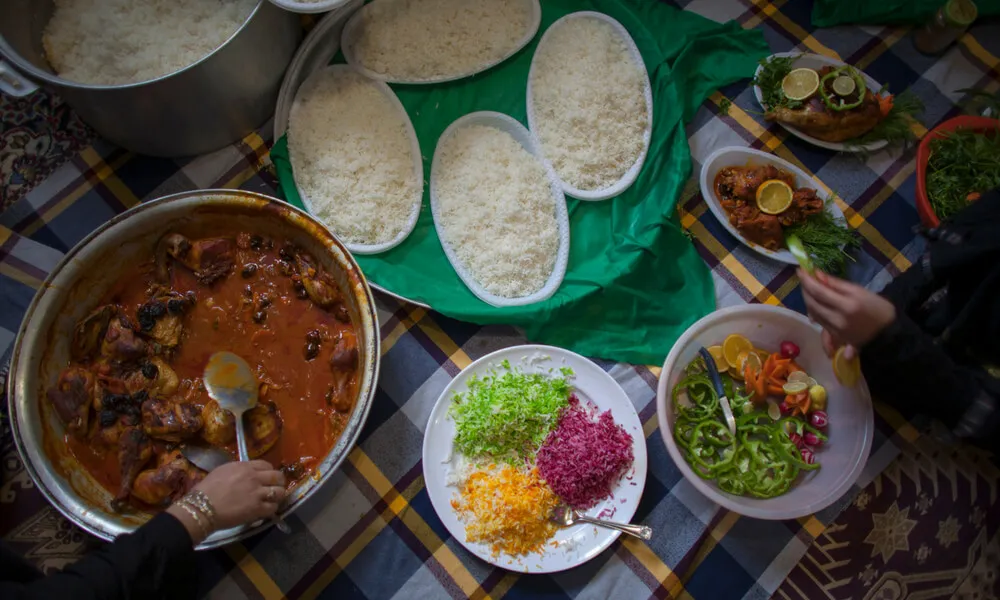
Iranian cuisine has managed to find the perfect blend of Greek, Middle Eastern, and Indian cuisine. Iranian cooking utilizes a lot of fresh ingredients, nuts, grains, and fresh meats. Iranian dishes tend to have a greater variety than Greek dishes. They use many herbs and spices, but their food is not as spicy as Indian cooking.
Some traditional Persian dishes include kababs, khorsh, and polow. Their food is usually served with a side of black tea.
Models Have Been Arrested For Their Instagram Accounts
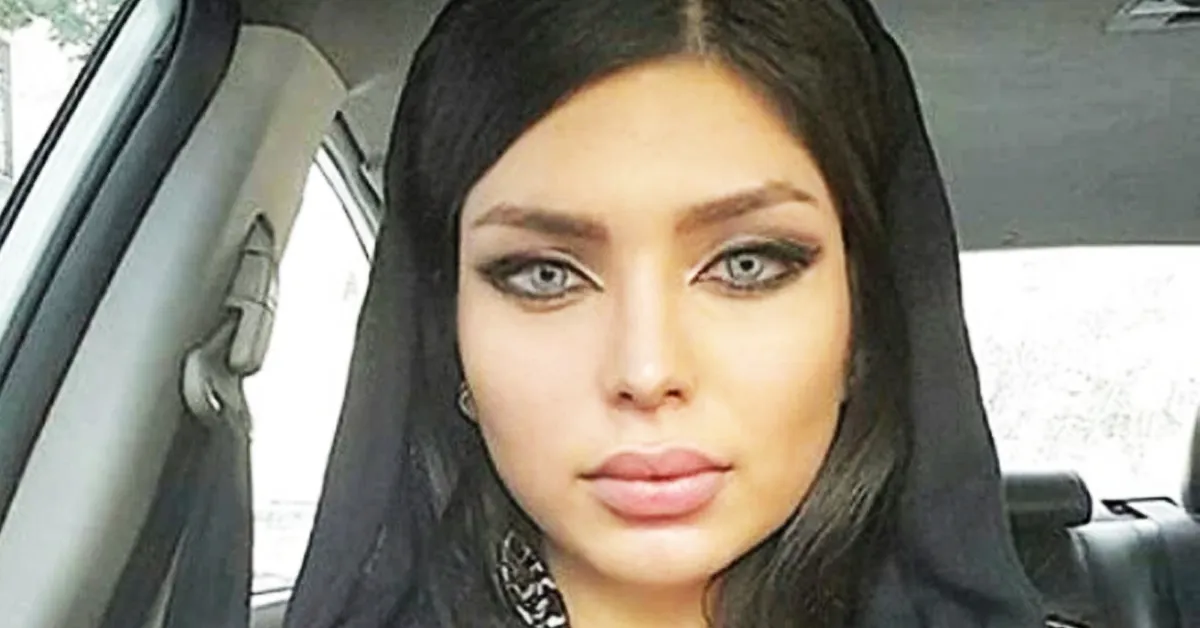
In 2016, it was reported the Iranian authorities had arrested eight models who posted "un-Islamic" photos to their Instagram accounts. The user accounts for these models were also deleted. At the time of the arrests, the identities of the models were not revealed.
The arrests were part of "Spider-2," an online operation run by the government aimed at female Instagram users. Specifically, Iran wanted to catch women showing their hair on social media, which is considered culturally disrespectful.
A Revolution Sparked The Country To Change Its Name

The 1979 Iranian Revolution changed everything, including the country's name. Before 1979, residents routinely referred to their country as it's historical name, Persia. The Shah of Iran from 1925-1941, Reza Shah Pahlavi, tried to change the name by asking foreign delegates to call the country Iran in 1935.
Pahlavi's declaration didn't do much inside the country. Residents only began calling their country Iran after Ayatollah Ruhollah Khomeini overthrew the monarchy in 1979. From then on, it became the Islamic Republic of Iran.
Short-Term Marriages Are Encouraged

The official practice for the short-term marriage agreement in Iran is called Sigheh. You and your partner agree to a verbal or written contract of marriage, and also agree on the end date. The marriage can last anywhere from an hour to a few years.
This type of short-term marriage is actually allowed and encouraged under Sharia Law. Most of the time, this contract is used by males who are visiting holy shrines away from their families.
The Government Has A Fund For Free Weddings

If you do decide to tie the knot for the long run, you can count on the Iranian government helping you out with your wedding fund. In recent years, Iranians have been opting not to get married because weddings can be so expensive. The Iranian government decided to set up an annual fund of $720 million to help cover costs for traditional Iranian weddings.
The marriage rules don't stop there. When you apply for a marriage license, partners have to attend an hour-long session on contraception.
Family Feasts Have A Lot Of Rules

Every culture has different practices and rules, and Iran is no different. Persian culture is right-hand dominant, and it shows the most when feasting with family. If you join a family for dinner, you'll want to stop and wait for them to tell you where to sit. Dinner is usually enjoyed on cushions on the floor and the seating position matters.
Once you're seated, you'll notice there are no utensils. That's because Persian tradition is to eat using your right hand only. It's also expected that you try every dish served.
The Heavy Metal Scene Is Alive And Thriving
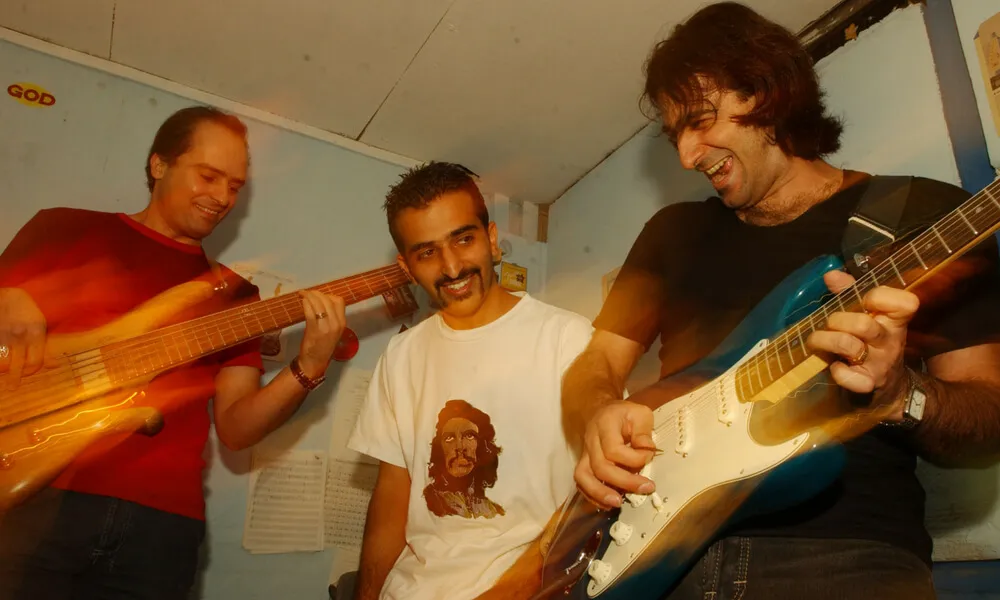
It might be hard to believe, but the underground heavy metal scene is growing in Iran. Since the 1990s, Iranian rock and blues music has been taking over. Particularly in the capital city of Tehran, it's not uncommon to hear heavy metal music being played at any time on the street.
It's not only heavy metal music that is taking over the streets of Tehran. Pop, jazz, and hip-hop are also popular genres. These music trends aren't hard to believe when you remember how significant their youth population has becom in the country.
Would You Believe That Asia's Highest Volcanic Peak Is In Iran?

Iran has a unique and diverse climate. The climate is relatively warm, but temperatures can reach as high as 109 degrees Fahrenheit. At the same time, the country is home to the snow-capped Damavand volcano.
Damavand is the highest volcanic peak in Asia and the highest peak in all of Iran. It's still an active volcano but hasn't erupted for more than 7,300 years. The volcano has been such a dominant part of Persian culture that it even symbolizes resistant against tyranny in Persian folklore.
The Iranian Youth Are Obsessed With Parkour

Parkour isn't just for future America Ninja Warriors. The phenomenon began in France in the 1990s and quickly spread to other countries around the world, including Iran. The sport is a form of freerunning based on using your natural environment and acrobatics.
Young men and women have embraced the sport and can often be found running, flipping, and leaping through the streets of Tehran. It's such a big phenomenon that there are specialty parks and obstacle courses dedicated to parkour.
The Country Has A Serious Love Of Soccer

Parkour is yet to establish itself as an Olympic sport, so in the meantime, Iranians settle for being huge soccer fans. The Iranian men's soccer team has qualified for the FIFA World Cup three times, and have won three Asian Cup soccer titles.
Iran has a women's soccer team as well, and they play while wearing hijabs. Sadly, in 2007 FIFA banned the wearing of the hijab in competition which meant the Iranian women's team could no longer qualify.
It's Easy To See Why Iran Gave Us The Word "Paradise"

The English word "paradise" derives from the word Persia, which translates to "enclosed garden" and it's easy to see why. The Persian landscape is filled with everything from massive volcanos to this hidden green oasis.
Persian culture is also viewed to be a "garden" of art. Intricate tapestries and beautiful poetry holds a special place in Iran. Many Iranians can recite lines by the most famous Iranian poets such as Firdawsī, Hāfez, Sa’adī.
Iran Is One Of The Largest Oil Producers

The crown jewels might back the country's currency, but a large portion of Iran's gross domestic product comes from their sale of oil. Iran has a hold on roughly ten percent of the oil in the entire world. For context, that translates to about 125 billion barrels of oil. Their oil reserves pump out more than four million barrels every day.
It's not surprising that Iran has so much oil when you stop to consider the fact that the Persian Gulf is home to 60 percent of the world’s oil reserves.
The Country's Name Comes From A Persian Ethnic Label
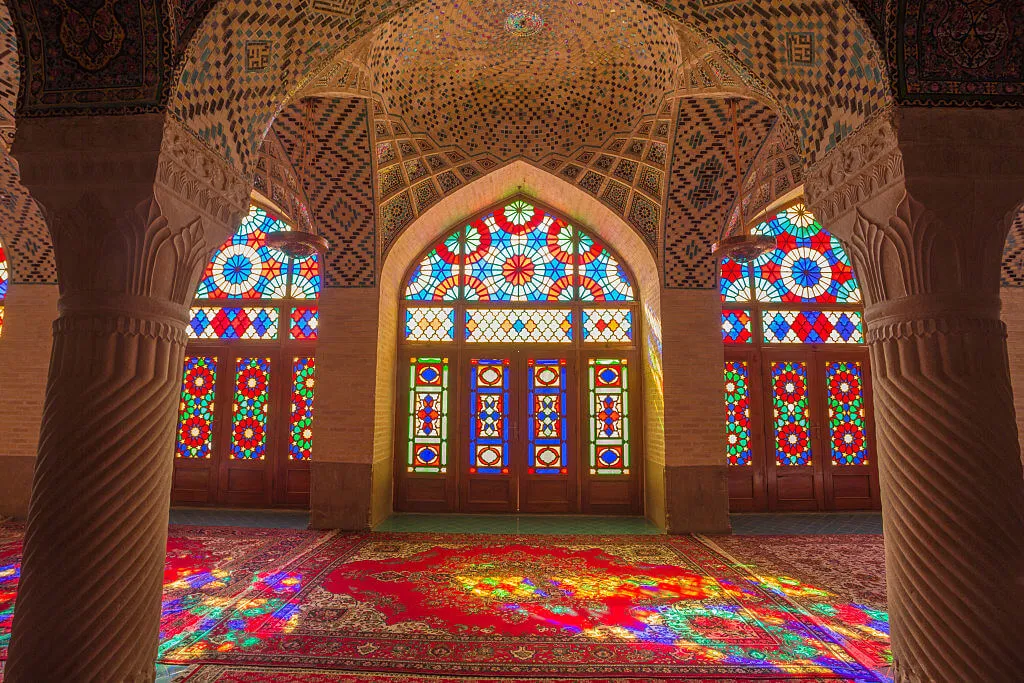
We know when they started calling the country Iran, but do you know where the name came from? The word "Iran" translates to "Land of the Aryans" in one of Persia's oldest languages.
The word was initially used as an ethnic term to describe the people in the area, but then it changed to being a cultural, religious, and linguistic label for the population of Persia. You can even find old maps with the area labeled as "Aryan."
They Have Their Very Own Halal Internet

In 2012, the Iranian government launched a state-controlled national Internet. They hoped that a national internet would provide higher speed and quality and a low-cost option since it's a private network.
The downside is the private internet doesn't support any social media sites like Facebook, Twitter, or Instagram. Having an internet connection with no social media is difficult in a country with such a large youth population. If you want to get on one of those sites, you have to use a private VPN.
The Iranian Crown Jewels Haven't Been Worn Since 1979

Forget the British crown jewels. Some of the most beautiful and priciest jewels in the world belong to the Treasury of National Jewels in Tehran. The crown jewels consist of crowns, aigrettes, swords, shields, dining sets, and thirty tiaras.
If you're wondering just how expensive these jewels are, they're valuable enough to back the country's currency. Due to their value, they have not been worn in public since the 1979 Iranian Revolution. They might be expensive, but most youth could care less about the crown jewels. Continue on to see what Iran's younger population is up to.
A Secret Star of David Was Discovered On Tehran's Airport Roof In 2001

Israel and Iran had a good relationship until the 1979 Iranian Revolution. The animosity since then made it even more shocking when Google Earth revealed a secret Star of David on the roof of the Tehran International Airport.
It's still unknown whether or not the star was a simple accident or an intentional statement. The Iranian government immediately had the secret Star removed after citing that the symbol was "offensive."
They Are Experts At Intricate Carpet Weaving

It's hard to top as export like oil, but Iran's booming carpet weaving industry is trying. Iranian carpets make up the country's second largest export. Rug making and carpet weaving have been a part of Persian culture for over 2,500 years, so they've gotten pretty good at it.
Their intricate designs and superior craftsmanship is unmatched by anyone else, but you'll still always find a flaw. Iranians believe that only God can be perfect, so a carpet weaver will purposely weave one mistake into each rug.
They Also Hold The Record For World's The Largest Carpet

Photo credit: ATTA KENARE / AFP / Getty Images
For a country with 2,500 years of carpet weaving experience, it makes sense that they hold the record for the world's largest carpet. The hand-woven carpet was completed in 2007 by the Iran Carpet Company for the Abu Dhabi mosque in the United Arab Emirates.
The carpet had to be weaved in nine separate parts then assembled at the site. They had to lay the carpet before the mosque was built. You can visit the UAE today to see the 60,600.81 ft² carpet. Iranians don't get a lot of paid vacation but keep reading to see one perk they do get.
There Is A Greater Cultural Mix Than You'd Think

Pinterest/ATTA KENARE/AFP via Getty Images
Islam teachings take priority in Iran because more than 98 percent of the population are practicing Muslims. 89 percent identify as Shia Muslims, while the other 9 percent identify as Sunni. The other two percent of the population identifies with Christianity, Baha’i, Zoroastrianism, and Judaism.
On the ethnic side of things, Iran is made up of "Iranians (61%), Azeri, (16%), Kurds (10%), Lur (6%), Baloch (2%), Arabs (2%), Turkmen and Turkic tribes (2%)."
Taarof Is An Important Social Tradition
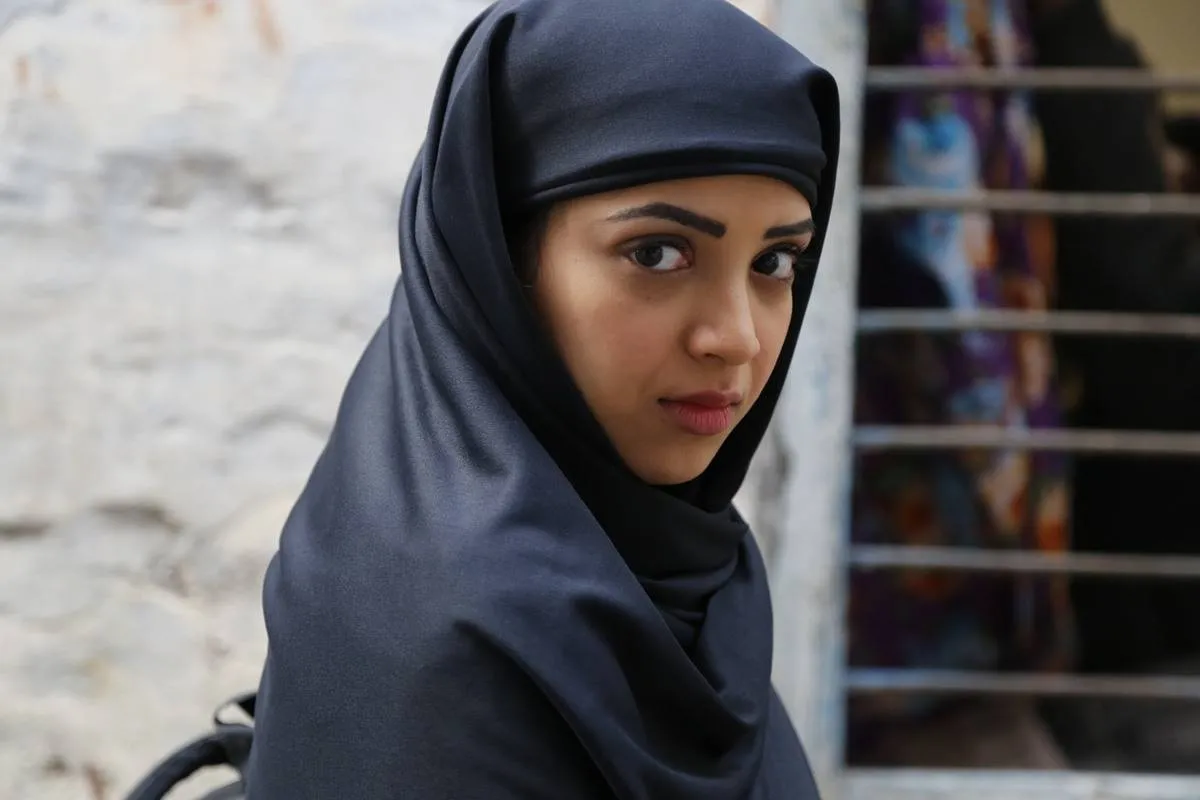
The word "Taarof" literally translates to "meeting together" and is the art of respecting other people. It is a social tradition that is still around from the Persian dynasty. The art of Taarof means treating others and guests with the utmost respect.
Both parties are polite, but one must refuse things offered to them so that they don't come off as greedy. For example, if someone invites you to dinner, you do not take a second helping. If the host offers, you must refuse. You can only accept the second helping if the host offers three times.
The Persian Cat Is One Of The Oldest Breeds Around

Persian cats come from the mountain peaks of Iran and are one of the oldest cat breeds in the world. Persian cats adapted their long fur so they could survive in the freezing temperatures of the Iranian mountains. It's obvious that Persian cats are from Persia, but how exactly did they spread all across the world?
In the 17th century, Italian spice and silk traders brought some Persian cats back to Europe where they became a status symbol. Even today, Persian cats are still associated with wealth and beauty.
Holidays In Iran Are Controversial

The average Iranian gets only nine days of paid vacation time, but Iran's numerous public holidays make up for it. Iran has 25 official national public holidays, which is the highest in the world.
Not everyone enjoys the holidays though. Most of them are religious in nature, which some are opposed to. To make matters worse, Iran follows three separate calendar systems, but the holidays follow a lunar calendar. So every year, a cleric has to calculate when the holidays are and that can often complicate the average person's life. Coming up, find out if Iran has more languages than calendar systems.
Persian Milk Might Be Better Than Greek Yogurt
If you're a foodie and a health nut, then you probably already know about all the amazing properties of Persian Milk. The yogurt is more than just a breakfast snack or gyro topping. Many Iranians believe Persian Milk to holds secret healing properties.
They believe the yogurt can clear a cold, wake you up, treat ulcers, and even help you live longer. The yogurt is even a staple face mask in Iran's beauty industry. It's also delicious served with honey and berries.
Iran Is The World's Largest Producer Of Many Delicacies

Aside from Persian Milk, Iran is also a producer of various high-quality edible commodities. Iran is the world's largest producers of items like caviar, pistachios, and the spice saffron.
Their hold on the caviar market is thanks to their location along the Caspian Sea. Iran has a hold on half of the market share for Caspian Sea caviar, and it's worth a pretty penny. The eggs of a sturgeon are worth $160 per ounce.
The Country Is Home To 23 UNESCO Heritage Sites

Iran is home to 23 UNESCO World Heritage sites, which is the same number as the United States, even though Iran is barely the size of New Jersey. Their World Heritage sites are numerous because the Persian Civilization is the oldest in the world.
Most of the UNESCO sites are the palaces, places of worship, and bazaars. There are also quite a few historical sites including Iran's ancient water system and these carvings at Persepolis from the Achaemenid Empire.
Arabic Is Only One Of Many Recognized Languages

Most people assume that since Iran is part of the Arab world, that they speak Arabic the most. In fact, Persian — known to locals as Farsi — is still the official national language. There are different dialects of Farsi spoken across the country, and both Afghanistan and Tajikistan also speak the language.
Iran recognizes seven languages other than Farsi. Azerbaijani, Kurdish, Lori, Mazandarani, Gilaki, Balochi, and Arabic are all used. The language barriers get even more intricate when you read about the countries diverse cultural breakdown.
The Asiatic Cheetah Exists Only In Iran

The Asiatic Cheetah is a subspecies of a cheetah that lives only in Iran. Sadly, it is critically endangered with only fifty of them believed to still exist. The Iranian government has taken their endangerment seriously, and have set up protected areas in the eastern-central region of the country.
In 2014, Iran used their love of soccer to help raise awareness of the Asiatic Cheetah's endangerment. The national team wore jerseys with a cheetah illustration on it.
The Literacy Rate Skyrocketed After The 1979 Revolution
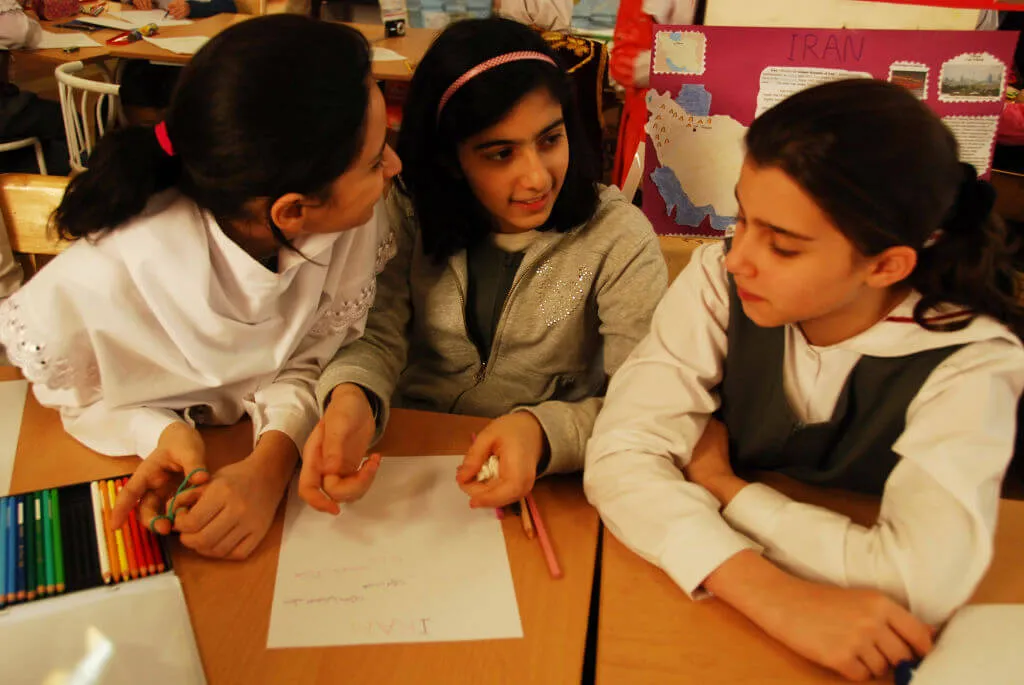
Before 1979, only 37 percent of Iran's population was fully literate. After the 1979 Iranian Revolution, the government took steps to create a more modern education system. Thanks to this change, by 2015 the literacy rate in Iran increased to 97 percent.
The new education system may be more modern, but it maintains a strong focus on Islam. The students are separated by sex, and the textbooks are based on Islamic views.
Wearing A Tie Is Taboo

After the 1979 Revolution, the government tried to push the idea that all Western dress is divisive. The Iranian government believes that the traditional Islamic garments remove class and ethnic detection.
Even though that government doesn't like the idea of the Western dress style, most men and women wear what they want. Women are required to wear a head covering after the age of nine, but the interpretation is liberal. Men will still wear suits, but they've shunned the tie as a system of Western dress.
The Flag Holds A Deep Meaning

Iran adopted its current national flag in 1980, one year after the Iranian Revolution. The flag has three equal horizontal bands of green, white, and red. Green is widely recognized to be the color of Islam and is meant to represent growth. The white band symbolizes peace and honesty, while the red stripe symbolizes blood and martyrdom.
In the middle of the flag is the phrase La ilahailla Allah which means "None is worthy of worship but Allah.”
They Have A Genius Way To Make Up For A Lack Of Rain

It's even more shocking to see their numerous beautiful gardens when you learn that Iran only gets four inches of precipitation each year. For context, Seattle, Washington receives around 37 inches of rain per year, and even California receives about 20 inches.
Since ancient times, Iran has figured out a way to collect underground water and move it through underground tunnels across the country. The system is called a qanat.
Iran Has One Of The Highest Urban Growth Rates In The World

Just like the literacy rate, Iran's urban growth has skyrocketed since the 1979 Iranian Revolution. In 1950, only 27% of Iran's population lived in urban dwellings. By 2002, it had increased to 60%. Officials estimated that more than 80% of the population will be urban by the year 2030.
Iran's capital city Tehran houses more than eight million citizens. Keep reading to see how Iranians get their hands on Barbie dolls.
Iran Has Surprisingly Relaxed Laws About Sex Change Operations

Islam values the traditional family laws of one man and one woman, so homosexual relationships are banned in Iran. Despite the ban on homosexuality, the country is open to forms of gender expressions. In 2008, Ayatollah Ruhollah Khomeini announced that transsexuals are allowed to have sex change operations in Iran.
Since this decree, more Iran provides the second highest amount of sex change operations. The government even has a fund to provide financial assistance.
Iran Is A Refugee Haven

There has been considerable discussion about refugee populations in North America and Europe, but Iran holds the title of the most refugees in any country on earth. The country has taken in over one million foreign refugees, primarily from Afghanistan and Iraq.
The influx of refugees has provided the country with an extensive manual labor workforce that is willing to do difficult labor for low wages.
The Government Wants To Keep Western Toys Out

Over the years, Western culture has continued to influence Iranian culture, but the police don't like it. Everyday items like makeup and Barbie dolls were banned in the mid-1990s. Police labeled the items as "Trojan horses" because they appear harmless but carry undesirable ideas.
The government tried to release their own dolls, Dara and Sara, but the demand is too high. Barbie dolls today either have to be hidden behind other dolls or kept secretly in the back of the store. What does Tom Cruise have to do with Iran? Continue reading to find out.
Alcohol Is Banned But It's Still A Booming Industry
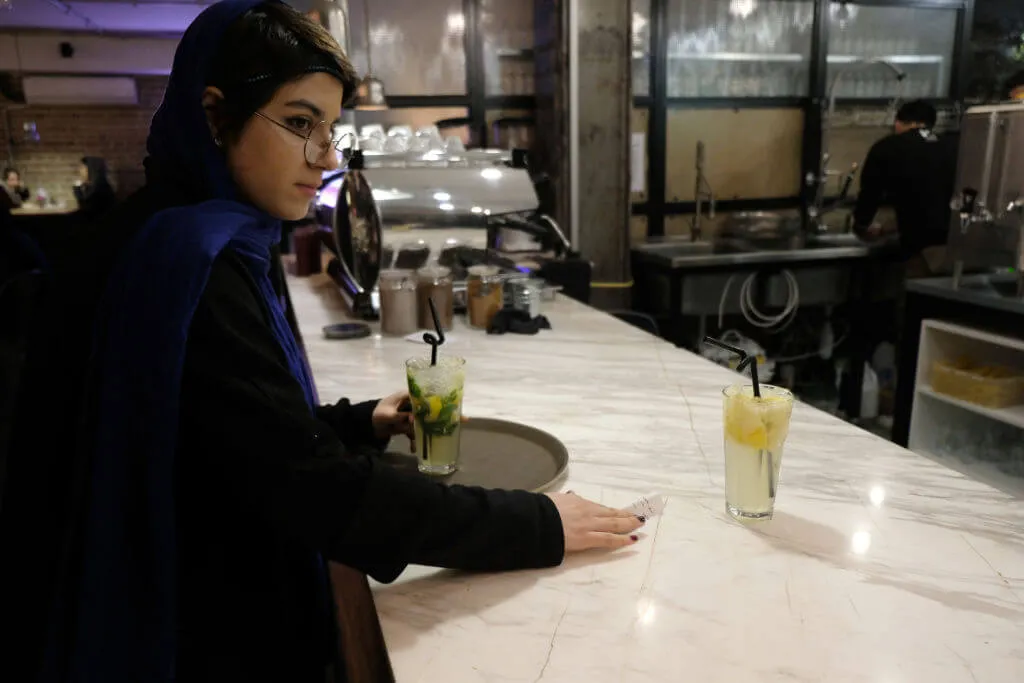
Another ban put in place after the 1979 Iranian Revolution was that you can't consume any alcohol. The official penalty for drinking in Iran is 80 lashes. The punishment is rarely enforced and hardly intimidating because Iranians consume 60-80 millions liters of alcohol each year.
Sadly, the ban on alcohol has resulted in high levels of alcohol abuse. The World Health Organization announced that the number of people who drink more than 35 liters a year in Iran ranks ahead of Russia, Germany, and the U.S.
The Government Uses Video Games As A Secret Tool

Every kid loves video games, and the kids of Iran are no different. Rather than banning them outright, the Iranian government chose to release their own video games as part of a "soft cultural war."
The government released Quest of Persia instead of the American version, Prince of Persia. There is also one game called Special Operation 85: Hostage Rescue where the player rescues an Iranian nuclear scientist from Israeli and American forces.
We Can Thank Iran For A Lot Of Important Inventions

It figures that one of the oldest civilizations on earth would be the one to invent a lot of major advancements. The world's first windmills were developed and used in Iran around 500 CE. The oldest windmill in the world in more than 1000 years old, and still standing today.
Iran also invented the first postal service in 550 CE. Cyrus, the King Of Persia at the time, was heavily invested in the postal route and personally oversaw the network.
Tom Cruise Helped End The Ban On Hollywood Movies

Another ban that came after 1979 was on American Hollywood films. A black market for movies quickly popped up. One favorite for many Iranians in the 1980s was Top Gun. The movie became so popular that Iranian men actually began to get haircuts like Tom Cruise and wear Rayban sunglasses.
The government tried to stop this by forcing men to shave their heads and outlawing Raybans, but their efforts were fruitless. The law still stands, but the authorities no longer enforce it.










